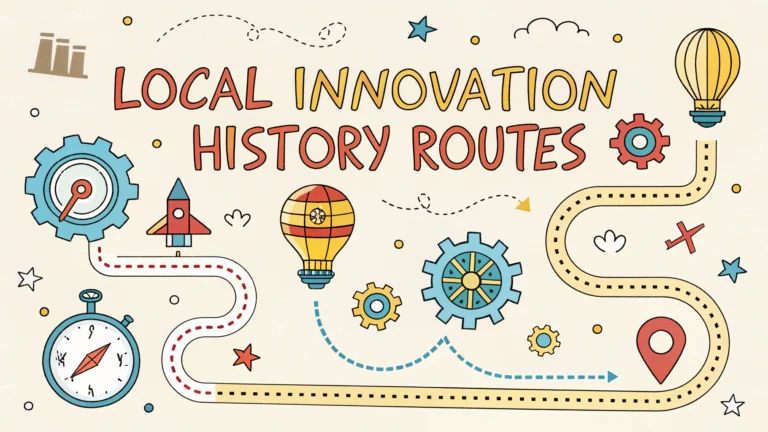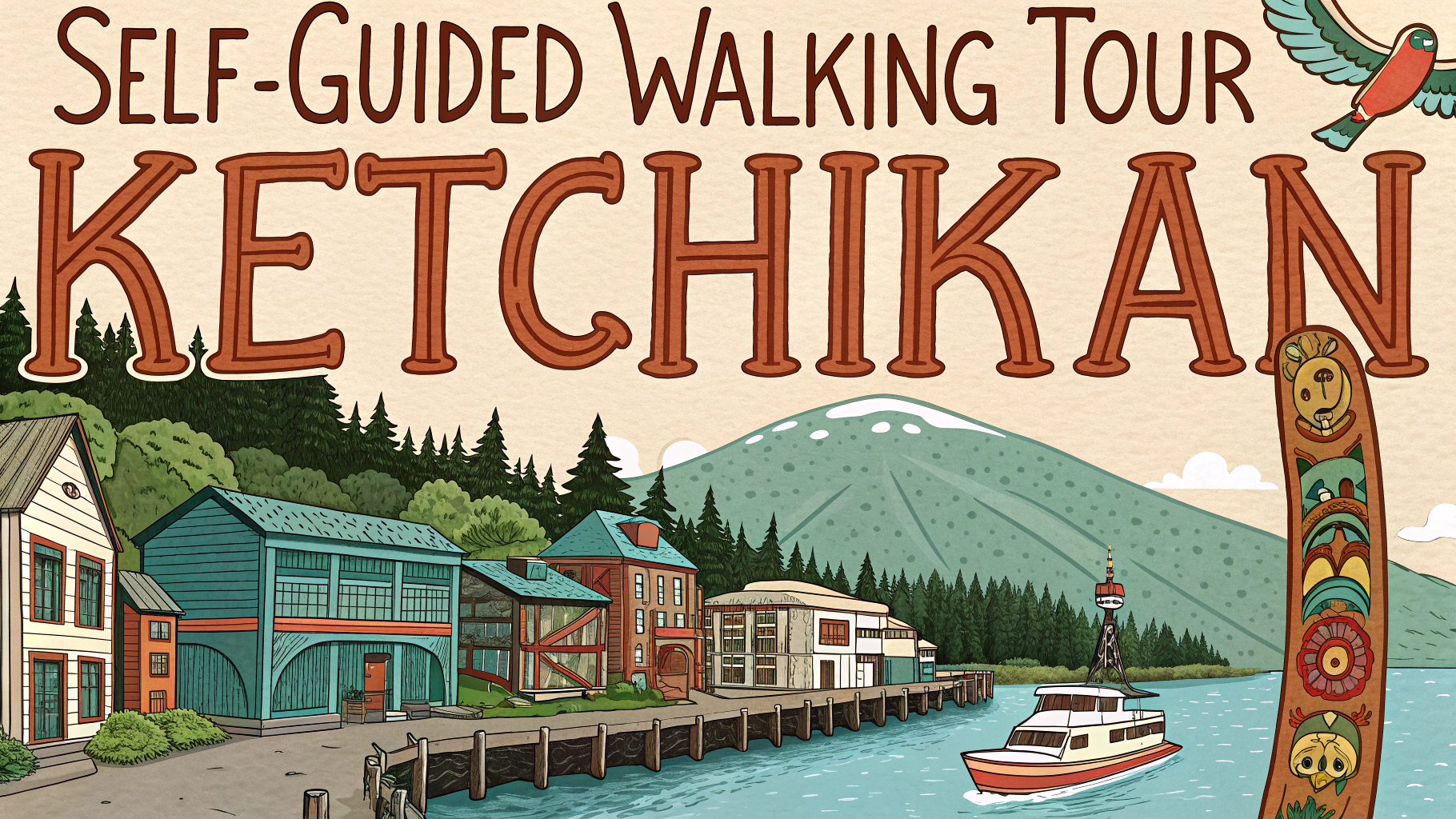Walking tours focused on local innovation history offer fascinating glimpses into how cities and communities have shaped technological and social progress through the years.
These self-guided routes let you explore game-changing inventions, groundbreaking discoveries, and revolutionary ideas at your own pace.
Planning Your Innovation History Walk
- Download route maps from local tourism offices or historical societies
- Check opening hours for any museums or historical buildings along the route
- Wear comfortable walking shoes and weather-appropriate clothing
- Bring a camera to document historical markers and buildings
- Consider downloading relevant historical apps for enhanced information
What to Look For
- Historical Markers: Blue plaques, commemorative signs, and information boards
- Architecture: Former laboratories, workshops, and manufacturing sites
- University Buildings: Research facilities and places of discovery
- Industrial Heritage: Old factories and production facilities
- Public Spaces: Parks and squares where innovations were first demonstrated
Tips for Getting the Most from Your Walk
- Research the route’s historical context beforehand
- Take photos of information plaques for later reference
- Visit during off-peak hours for better photo opportunities
- Connect with local history groups for additional insights
Popular Innovation History Routes
| City | Route Focus | Duration |
|---|---|---|
| Boston | Tech Innovation Trail | 2-3 hours |
| London | Scientific Discovery Walk | 3-4 hours |
| Silicon Valley | Computer History Trail | 4-5 hours |
Resources for Route Planning
- Local Tourism Websites
- Historical Society Archives
- University History Departments
- Science Museums
- Innovation Centers
Download maps and guides from official tourism websites or pick up printed materials from local visitor centers.
Safety and Accessibility
- Check route accessibility for mobility requirements
- Plan rest stops at cafes or museums
- Bring water and snacks
- Share your route plan with someone
Contact local tourism offices for route modifications or accessibility information before starting your walk.
Photography Tips
- Morning light works best for architectural shots
- Include context in your photos
- Document information plaques
- Respect private property
Share your photos with historical societies to contribute to local archives.
Notable Historical Highlights
- First public demonstrations of innovations
- Places where breakthrough discoveries occurred
- Former homes and workplaces of notable inventors
- Historical testing grounds and experimental sites
- Early manufacturing facilities and workshops
Educational Benefits
For Students
- Hands-on history learning experience
- Visual understanding of technological evolution
- Connection to local heritage
- Inspiration for future innovations
For Researchers
- Physical context for historical events
- Archaeological perspectives
- Documentation opportunities
- Network building with local historians
Seasonal Considerations
- Spring and fall offer optimal walking conditions
- Winter walks require additional preparation
- Summer routes should include shade stops
- Special seasonal tours may be available
Future-Proofing Your Experience
- Document changes in historical sites
- Contribute to digital preservation efforts
- Support local heritage conservation
- Share route discoveries with community groups
Innovation history walks connect us with our inventive past while inspiring future discoveries. These routes preserve local heritage and provide unique perspectives on how communities have shaped technological progress. By exploring these historical paths, we better understand the context of innovations that continue to influence our world today.
FAQs
- What exactly are local innovation history routes and self-guided walking tours?
Local innovation history routes are carefully mapped pathways through cities or neighborhoods that highlight significant locations related to historical innovations, inventions, and technological breakthroughs, which visitors can explore independently using maps or digital guides. - How long do these self-guided innovation history walks typically take?
Most self-guided innovation history walks take between 1-3 hours to complete, depending on the route length, number of stops, and how much time visitors spend at each location. - What should I bring on a self-guided innovation history walk?
Essential items include comfortable walking shoes, weather-appropriate clothing, a mobile device with adequate battery life for digital guides, a physical map backup, water, and a camera to document historical sites. - Are these routes accessible for people with mobility challenges?
Most urban innovation history routes follow public sidewalks and streets that are wheelchair accessible, though some historic areas may have cobblestones or steeper gradients that could present challenges. - How can I find official innovation history routes in different cities?
Official routes can be found through local tourist offices, city historical societies, municipal websites, specialized walking tour apps, and local museums focused on science and innovation. - Do I need internet access to follow these routes?
While many modern routes utilize smartphone apps that require internet connectivity, most locations also offer downloadable offline maps and printed guides as alternatives. - Are these routes available year-round?
Most self-guided innovation history routes are available year-round, though seasonal weather conditions may affect accessibility and comfort levels for outdoor walking. - Can I combine multiple innovation routes in one day?
Multiple routes can be combined depending on their proximity and length, but it’s recommended to focus on one main route per day to fully appreciate the historical context and details. - Are these routes suitable for children?
Many innovation history routes are family-friendly and can be educational for children, especially those featuring interactive elements or relating to familiar inventions and technological developments. - How often are these routes updated with new historical information?
Routes are typically reviewed and updated annually by local historical societies and tourism boards to incorporate new historical findings and ensure accuracy of information.








